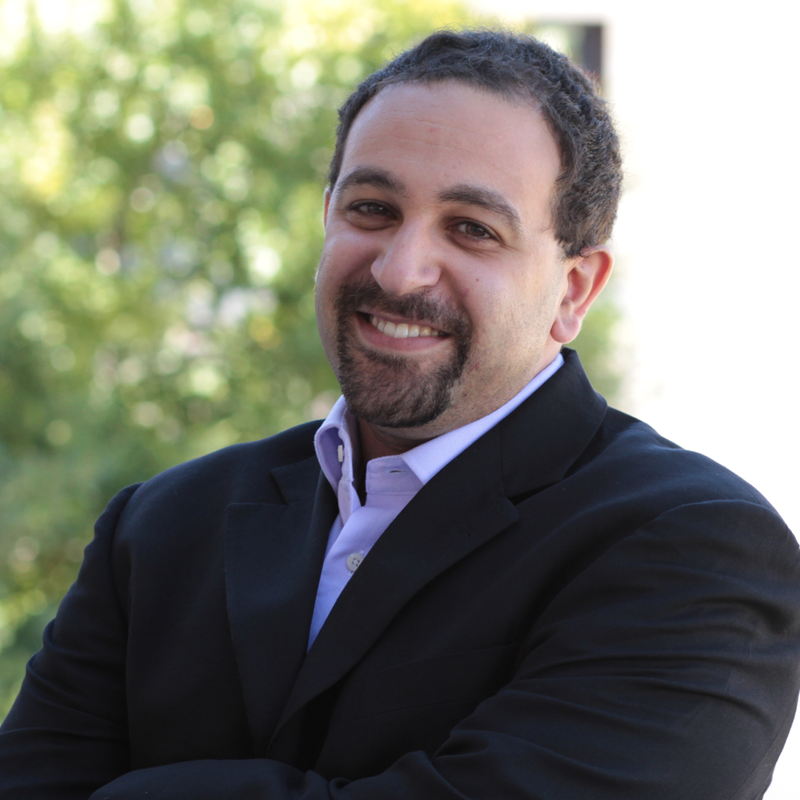Is systemic racism literally built into our cities?
Engineering and Public Policy Assistant Professor Daniel Armanios and EPP Ph.D. student Samuel Jones, published a new paper the Journal of Construction and Engineering Management that proposes a way to address biases to ensure that future infrastructure investment doesn’t benefit one group of people at the expense of another.
Their study, funded by the Commonwealth of Pennsylvania Department of Community and Economic Development, focused in particular on bridges. Jones and Armanios found that low-clearance bridges were more likely to be found in Pennsylvanian communities with higher percentages of racial minorities. Conversely, new bridge construction overall was associated with communities with fewer racial minorities. Those associations worsened when a community had fewer roads, and a greater reliance on public transportation. This association with such restrictive infrastructure likely makes commerce and transportation routing more difficult, which affects the socioeconomic well-being of such minority communities. The result: entire neighborhoods, home to more racial minority groups, may have greatly reduced access to transportation and opportunity.
Armanios said, "our research finds that such inequities can become embedded in the very physical infrastructure we use on a daily basis. In other words, we find structural inequity is not just metaphorical but, in fact, literal.”
In order to combat this inequity, Jones and Armanios have used service area network analyses and coarsened exact matching to identify particular demographic and bridge variables that engineers can correlate to assess the degree to which such deleterious infrastructure is pervasive, so they can target infrastructure rehabilitation efforts with an eye toward equity. "Our research provides a framework to help infrastructure managers incorporate more equity-based thinking into their systems," says Armanios, "especially since these systems can persist for decades, leading to long-lasting inequities in a very structural sense.”
